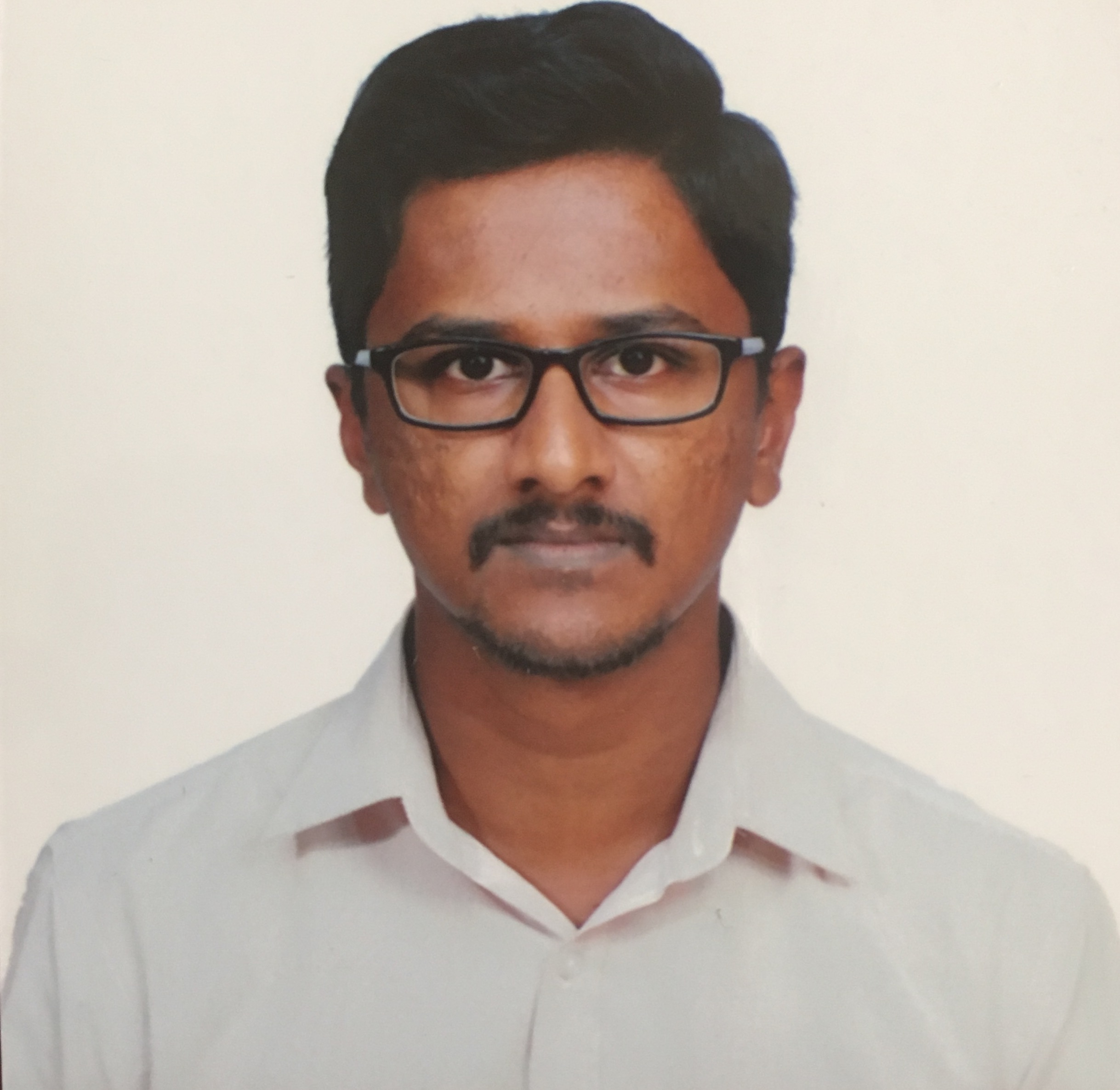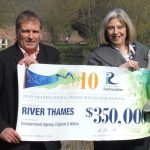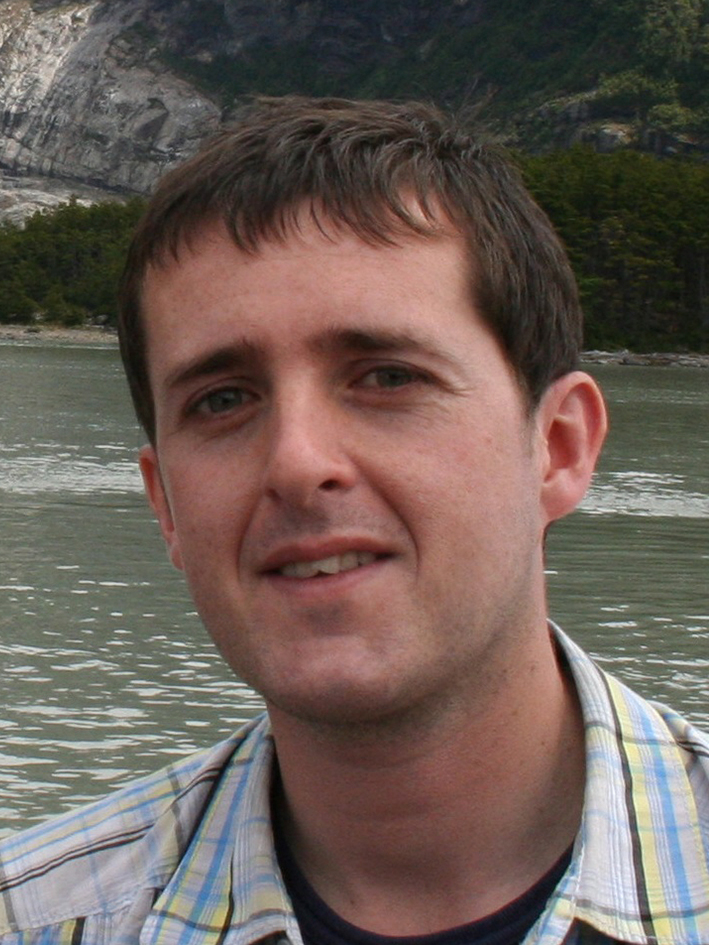Jump to:
Future Cards – Tools for Integrated River Basin Management
Heath Kelsey, Simon Costanzo (presenter), Andrea Abassi, Sarah Freeman and Louise Gallagher
University of Maryland Center for Environmental Science, USA
Developing river basin report cards: A practitioner’s guide
William Dennison, R. Heath Kelsey and Michele Thieme
University of Maryland Center for Environmental Science, USA
The story of the Thames – from liquid history to solid future
Alastair Driver
Environment Agency, UK
Long term managament of a rapidly aggrading alluvial river in New Zealand
Matthew Gardner
Land River Sea Consulting Ltd, New Zealand
Development of river basin models for investigation of improved water management options: case study of the Upper Godavari basin in India
Dr Avinash Garudkar, Channawir Birajdar, Dr Carl Daamen, Er Karina Redpath and Dr Robert Carr
Water and Land Management Institute (WALMI) and eWater
Restoring river system processes at the catchment scale for economic and social resilience
David Hetherington, Paul Quinn and Alex Nicholson
Arup, United Kingdom
Supporting integrated water resources management in the Koshi Basin, and beyond
Dave Penton, Luis Neumann, Tanya Doody, Tira Foran, Susan Cuddy and Hongxing Zhen
CSIRO, Australia
Water use and agricultural production trends in the Indus basin: Implications for future food security
Mobin-ud-Din Ahmad, Mac Kirby and Geoff Podger (presenter)
CSIRO, Australia
Risk assessment for developing sustainable catchment management practices in Badulu Oya Upper Watershed, Sri Lanka
Chathura Sanjeewa, Ruwan Liyanage, Manjula Wijekoon and Prasanna Pradeep
National Water Supply & Drainage Board, Sri Lanka
The Rhine and its water quality
Tabea Stötter
International commission for the protection of the Rhine, Germany
Water insecurity and IWRM in West Timor, Indonesia
Mark Wolfsbauer
Even Flow Consultant Services, Australia












